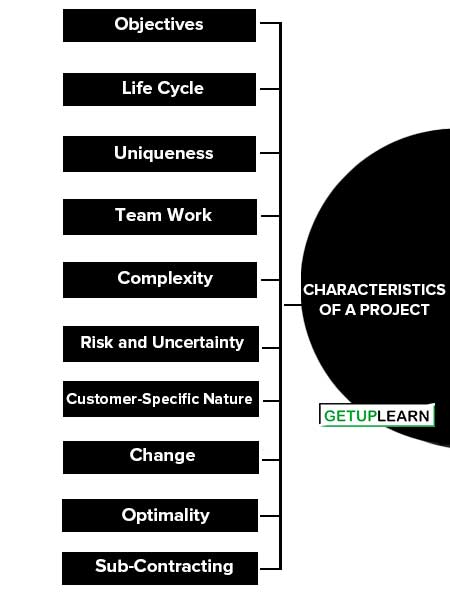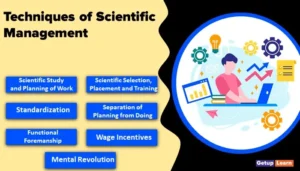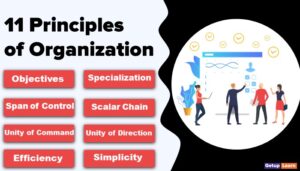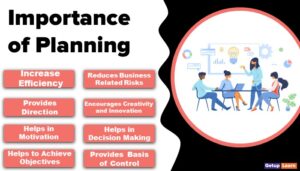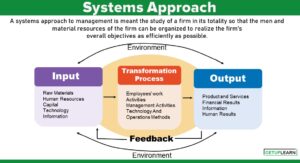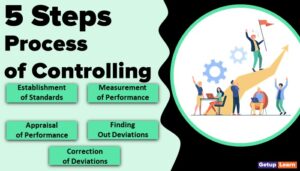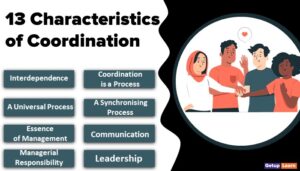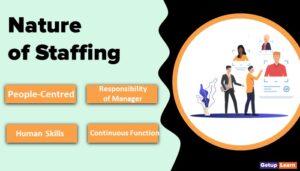Table of Contents
What is a Project?
A project is an organized unit dedicated to the attainment of goals, and the successful completion of a development project on time, within budget, and in conformance with predetermined program specifications.
A project is a unique one-time activity performed to accomplish certain objectives within a designated time frame. Projects can be small/large, simple/complex, national/international, and industrial/non-industrial.
A project consumes resources. The resources required for completing a project are men, materials, money, and time. Thus, we can define a project as an organized program of pre-determined groups of activities that are non-routine in nature and that must be completed using the available resources within the given time limit.
Definition of Project
These are the definitions of project discussed below:
A project typically has a distinct mission that it is designed to achieve and a clear termination point the achievement of the mission
Getuplearn
A project as the whole complex of activities involved in using resources to gain benefits.
Gillinger
Project can be defined as “A system involving the co-ordination of a number of separate department entities throughout organization, in a way it must be completed with prescribed schedules and time constraints”.
Project Management Institute
Characteristics of a Project
These are the characteristics of a project given below:
- Objectives
- Life Cycle
- Uniqueness
- Team Work
- Complexity
- Risk and Uncertainty
- Customer-Specific Nature
- Change
- Optimality
- Sub-Contracting
- Unity in Diversity
Objectives
A project has a set of objectives or a mission. Once the objectives are achieved the project is treated as completed.
Life Cycle
A project has a life cycle. The life cycle consists of five stages i.e. conception stage, definition stage, planning & organizing stage, implementation stage, and commissioning stage.
Uniqueness
Every project is unique and no two projects are similar. Setting up a cement plant and constructing a highway are two different projects that have unique features.
Team Work
A project is a team work and it normally consists of diverse areas. There will be personnel specialized in their respective areas and coordination among the diverse areas calls for teamwork.
Complexity
A project is a complex set of activities relating to diverse areas.
Risk and Uncertainty
Risk and uncertainty go hand in hand with the project. A risk-free, only means that the element is not apparently visible on the surface and it will be hidden underneath.
Customer-Specific Nature
A project is always customer-specific. It is the customer who decides upon the product to be produced or services to be offered and hence it is the responsibility of any organization to go for projects/services that are suited to customer needs.
Change
Changes occur throughout the life span of a project as a natural outcome of many environmental factors. The changes may vary from minor changes, which may have very little impact on the project, to major changes which may have a big impact or even may change the very nature of the project.
Optimality
A project is always aimed at the optimum utilization of resources for the overall development of the economy.
Sub-Contracting
A high level of work in a project is done through contractors. The more complexity of the project, the more will be the extent of contracting.
Unity in Diversity
A project is a complex set of thousands of varieties. The varieties are in terms of technology, equipment and materials, machinery and people, work, culture, and others.
Features of a Project
Each project is unique and aims to accomplish specific objectives. However, there are some common features across all projects, which are explained as follows:
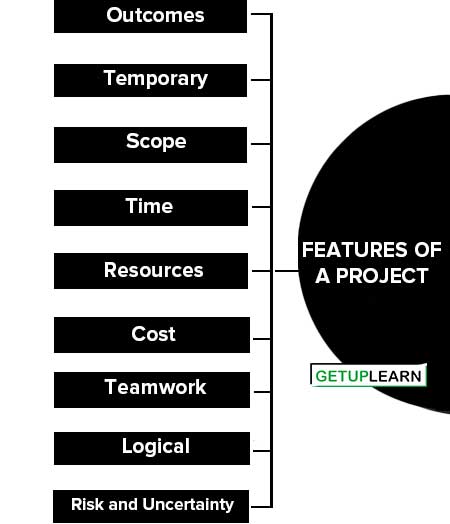
Outcomes
Each project has certain, well-established, and clear objectives, which it hopes to achieve within a certain period of time.
Temporary
Each project has a temporary life span with a definite beginning and an end.
Scope
Each project has a fixed scope, as in size, goals, and requirements.
Time
Each project has to work within specific task durations and dependencies.
Resources
Each project involves a fixed amount of resources with respect to people, equipment, and materials.
Cost
Each project has specific costs and contingencies, in which it should be completed.
Teamwork
Each project is a coordinated effort from multiple departments.
Logical
Each project follows a logical sequence of procedures.
Risk and Uncertainty
Each project deals with a certain level of risk and uncertainty.
Project Selection Process
Identification of a new project is a complex problem. The project selection process starts with the generation of project ideas. In order to select the most promising project, the entrepreneur needs to generate a few ideas about the possible project one can undertake.
The project ideas as a process of identification of a project begins with an analytical survey of the economy (also known as pre-investment surveys). The surveys and studies will give us ideas. The process of project selection consists of the following stages:
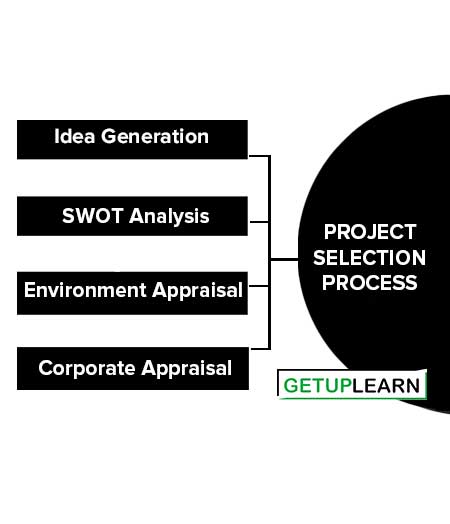
Idea Generation
The project selection process starts with the generation of a project idea. Ideas are based on technological breakthroughs and most of the project ideas are variants of present products or services. To stimulate the flow of ideas, the following are helpful:
SWOT Analysis
SWOT is an acronym for strengths, weaknesses, opportunities, and threats. SWOT analysis represents a conscious, deliberate, and systematic effort by an organization to identify opportunities that can be profitably exploited by it. Periodic SWOT analysis facilitates the generation of ideas. The operational objectives of a firm may be one or more of the following.
Environment Appraisal
An entrepreneur or a firm systematically appraises the environment and assesses its competitive abilities. For the purposes of monitoring, the business environment may be divided into six broad sectors as shown in Fig no. 1.3. The key elements of the environment are as follows:
-
Economic Sector:
- State of the economy,
- The overall rate of growth,
- Cyclical fluctuations,
- Inflation rate,
- The growth rate of primary, secondary, and territory sectors,
- The growth rate of the world economy,
- Trade surplus and deficits,
- Balance of Payment.
-
Government Sector:
- Industrial policy,
- Government programs and projects,
- Tax structure,
- EXIM policy,
- Financing norms,
- Subsidies incentives and concessions,
-
Monetary policy.
-
Technological Sector:
- The emergence of new technologies,
- Access to technical know-how, foreign as well as indigenous.
-
Socio-demographic Sector:
- Population trends,
- Age shifts in the population,
- Income distribution,
- Educational profile,
- Employment of women,
- Attitudes toward consumption and investment.
-
Competition Sector:
- Number of firms in the industry and the market share of the top few,
- Degree of homogeneity and differentiation among the products,
- Entry barrier,
- Comparison with substitutes in terms of quality and price,
- Marketing policies and practices.
-
Supplier Sector:
- Availability and cost of raw materials,
- Availability and cost of energy,
- Availability and cost of capital.
Corporate Appraisal
A realistic appraisal of corporate strengths and weaknesses is essential for identifying investment opportunities that can be profitably exploited. The broad areas of corporate appraisal and the important aspects to be considered under them are as follows:
Project Planning Process
As mentioned in the definition of project planning, project planning is a four-step process:
- Step 1: Setting Project Goals
- Step 2: Project Deliverables
- Step 3: Project Schedule
- Step 4: Supporting Plans
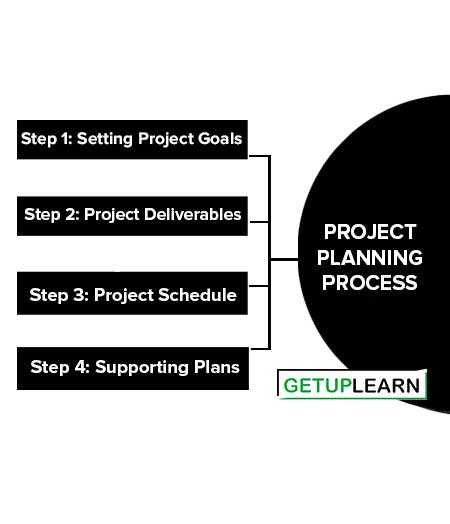
Step 1: Setting Project Goals
A project is said to be successful only when the requirements of the stakeholders have been met. A stakeholder refers to anybody directly or indirectly affected by the project. As a first step, it is vital to recognize the stakeholders in your project.
Examples of stakeholders include the project sponsor, the users of the project outputs, the customer who receives the deliverables, and the project manager and project team. After you have identified the stakeholders, the next step is to find out their needs.
The next step is to prioritize the needs of the stakeholders of the project. From the prioritized list, you need to create a set of goals that can be easily measured. A technique for doing this is to review them against the SMART principle. Once you have determined your goals, you need to record them in the project plan.
Step 2: Project Deliverables
On the basis of the goals set in Step 1, you need to create a list of things the project needs to deliver to meet those goals. At this step, it is specified when and how each item must be delivered.
The deliverables are added to the project plan with an estimated delivery date. More accurate delivery dates are established during the scheduling phase.
Step 3: Project Schedule
Now a list of tasks that need to be executed for each deliverable identified in Step 2 is created. For each task, identify the amount of effort (hours or days) and resources required to complete the task.
After establishing the amount of effort for each task, it becomes easy to work out the effort required for each deliverable as well as an accurate delivery date. Update your deliverables section with more accurate delivery dates.
Step 4: Supporting Plans
This section deals with plans you should create as part of the planning process. These can be included directly in the plan. The effectiveness of a project is a function of a better understanding of activities and critical success factors at various stages of the project.
Any project will typically pass through four stages. The first stage is the conceptualization stage, followed by the planning, execution, and termination or clean-up stages.
FAQs About the What is a Project?
What are the characteristics of a project?
The following are the characteristics of a project: Objectives, Life Cycle, Uniqueness, Team Work, Complexity, Risk and Uncertainty, Customer-Specific, and Nature Change.
What are the features of a project?
Outcomes, Temporary, Scope, Time, Resources, Cost, Teamwork, Logical Risk, and Uncertainty, are the features of a project.

